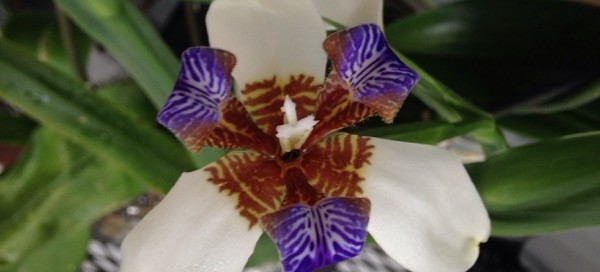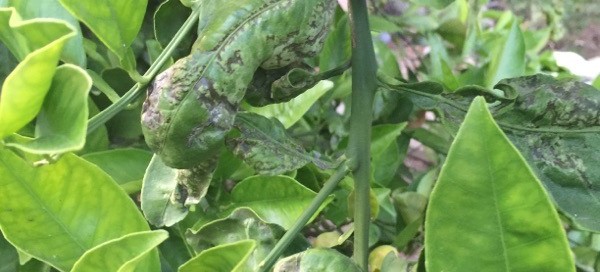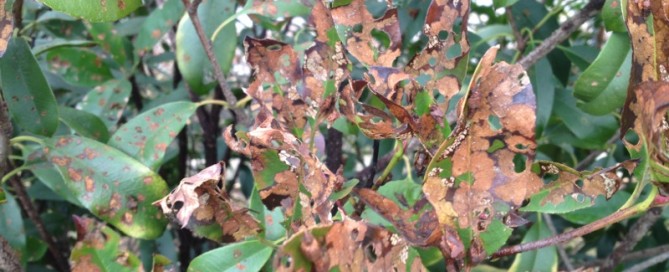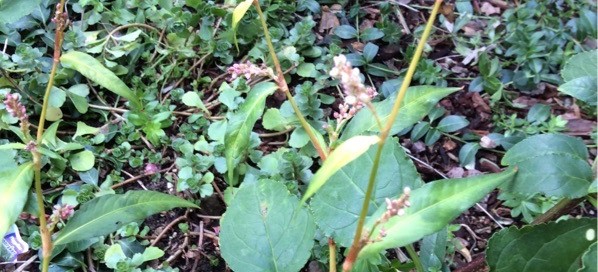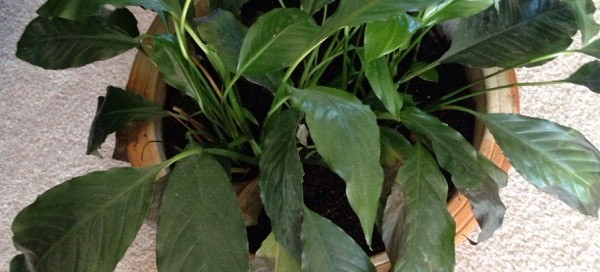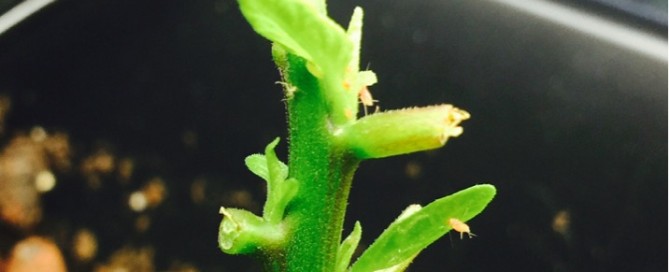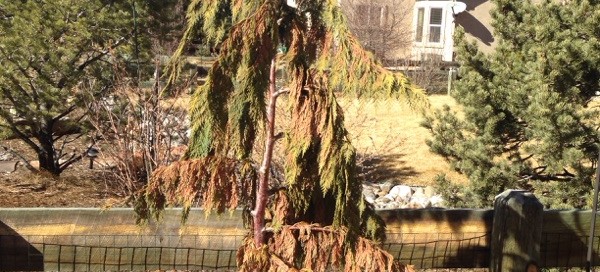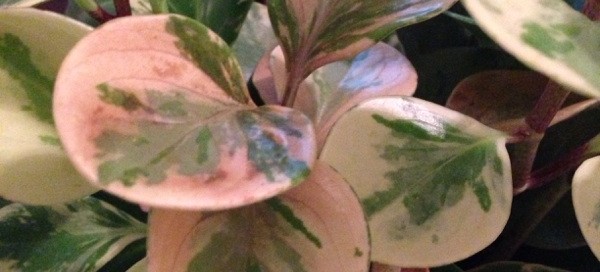Walking Iris Apostles Iris
An unusual member of the Iris family! Neomarica plants are clumping perennials that reach anywhere from 18 to 36 inches. This exotic-looking plant with its graceful sword-like foliage has flowers that resemble a cross between that of an orchid and an iris. Although they are short lived, lasting only a day, numerous blooms continue to follow over an extended period of time throughout spring, summer and fall. As the blooms finish the bloom stem falls to the ground and roots starting another plant seemingly "walking across the garden"! Grows best in moist, well-draining soil in areas with light to full shade but will also tolerate some sun as long as they receive adequate moisture. It is hardy in Zones 10 and 11, but has been reported to grow as far north as Zone 8 with adequate protection during winter. In colder zones, this plant needs to come inside for the winter, so in this case growing walking iris in containers is helpful.
